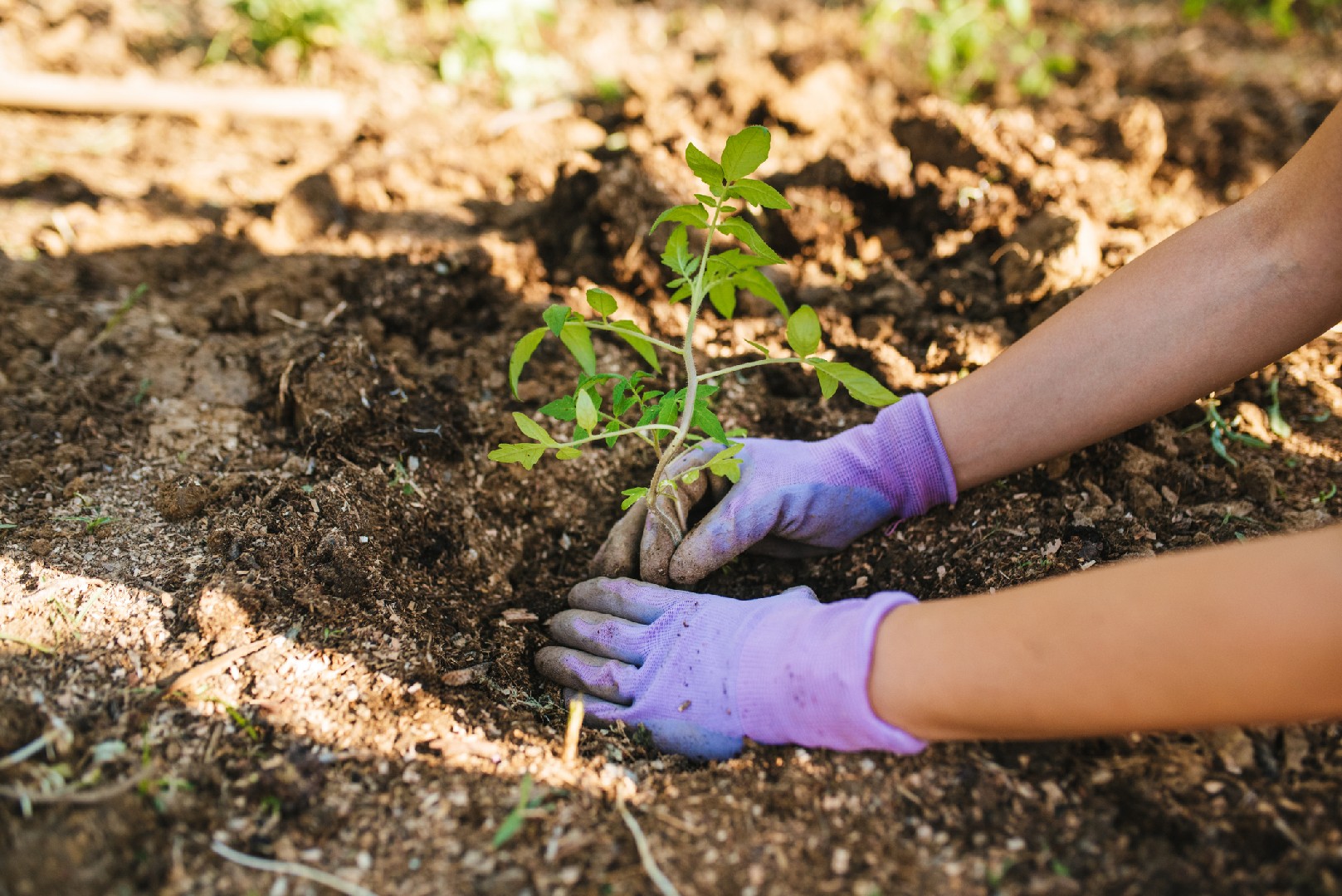![Rectangle]()
The Benefits of Mycorrhizal Fungi: Nutrient Uptake and Beyond
Mycorrhizal fungi play a crucial role in improving nutrient uptake in plants, but their benefits go far beyond that. By forming a symbiotic relationship with plant roots, mycorrhizae enhance plant root systems, providing numerous advantages for plants in terms of nutrient acquisition, disease resistance, and overall growth and development.
One of the primary benefits of mycorrhizal fungi is their ability to improve nutrient uptake in plants. These fungi form a vast network of thin, thread-like structures called hyphae, which extend far beyond the reach of plant roots. This extended network allows mycorrhizae to access nutrients that would otherwise be inaccessible to plants, such as phosphorus and micronutrients like zinc and copper. The hyphae can also break down organic matter in the soil, releasing valuable nutrients that plants can use for growth. This enhanced nutrient uptake results in healthier and more productive plants.
In addition to nutrient uptake, mycorrhizal fungi also contribute to the enhancement of plant root systems. The hyphae of mycorrhizae penetrate the soil, creating a web-like structure that helps anchor plant roots and improve water absorption. This network of hyphae acts as an extension of the plant's root system, increasing the surface area for nutrient and water absorption. With a larger and more efficient root system, plants are better equipped to withstand environmental stresses, such as drought or nutrient deficiencies.
Furthermore, mycorrhizal fungi provide plants with increased resistance against various plant diseases and pests. When mycorrhizae establish a symbiotic relationship with plant roots, they release certain compounds that activate the plant's natural defense mechanisms. These compounds can trigger the production of enzymes and chemicals that deter harmful pathogens, including bacteria, fungi, and nematodes. In this way, mycorrhizal fungi act as a biological shield, protecting plants from disease and reducing the need for chemical interventions.
To foster beneficial fungal friends in your soil and maximize the benefits of mycorrhizal fungi, there are several practical steps you can take. Firstly, minimize soil disturbances, as these can disrupt the delicate hyphal network formed by mycorrhizae. Avoid excessive tilling or compaction of the soil, and opt for practices like no-till agriculture or mulching to preserve the fungal ecosystem.
Secondly, consider using mycorrhizal inoculants when planting or transplanting your garden. These inoculants contain spores or colonized root fragments of mycorrhizal fungi, which can be directly applied to the roots of plants. Inoculation can help establish mycorrhizal associations in areas where they may not naturally occur or where the soil has been depleted of beneficial fungal populations.
Lastly, provide plants with a suitable environment for mycorrhizal colonization. Maintain soil moisture levels that are conducive to hyphal growth, as mycorrhizae require moisture to proliferate. Additionally, ensure a balanced nutrient supply, as excessive fertilizer use can hinder the establishment of mycorrhizal associations.
By understanding the benefits of mycorrhizal fungi and implementing methods to foster these beneficial fungal friends, gardeners and farmers can unlock the full potential of their plants. Improved nutrient uptake, enhanced root systems, and increased disease resistance are just a few of the advantages that mycorrhizae offer. So why not tap into the magic of mycorrhizae and give your plants the extra boost they need?





